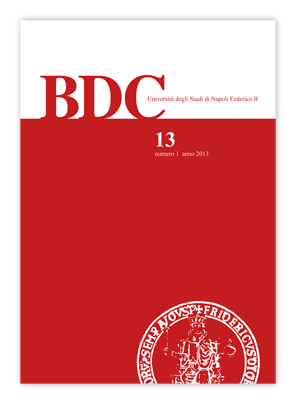RETURN ON HERITAGE INVESTMENTS: MEASURABLE ECONOMIC RESULTS OF THE CONSERVATION OF ROSSARED MANOR HOUSE
DOI:
https://doi.org/10.6092/2284-4732/2454Abstract
This paper presents an application-oriented theoretical platform and a new model, providing adequate approaches to solving boundary-spanning challenges for regional growth, strengthening competitiveness, sustainability and development of building conservation. In the Halland Model, building construction workers and apprentices were trained in traditional building techniques and then operated on historic buildings at risk under the supervision of skilled craftsmen and conservation officers. In this paper two of the most comprehensive conservation projects within the Halland Model are analyzed. The conservation of Rossared Manor House and a villa at Olsztyn in Poland showed how the historic environment sector could be prepared for a major conservation initiative within a too-weak legal system, how to treat principles of conservation in such projects as well as return on heritage investments.
Downloads
Riferimenti bibliografici
Keywords: trading zone, integrated conservation, sustainable development

